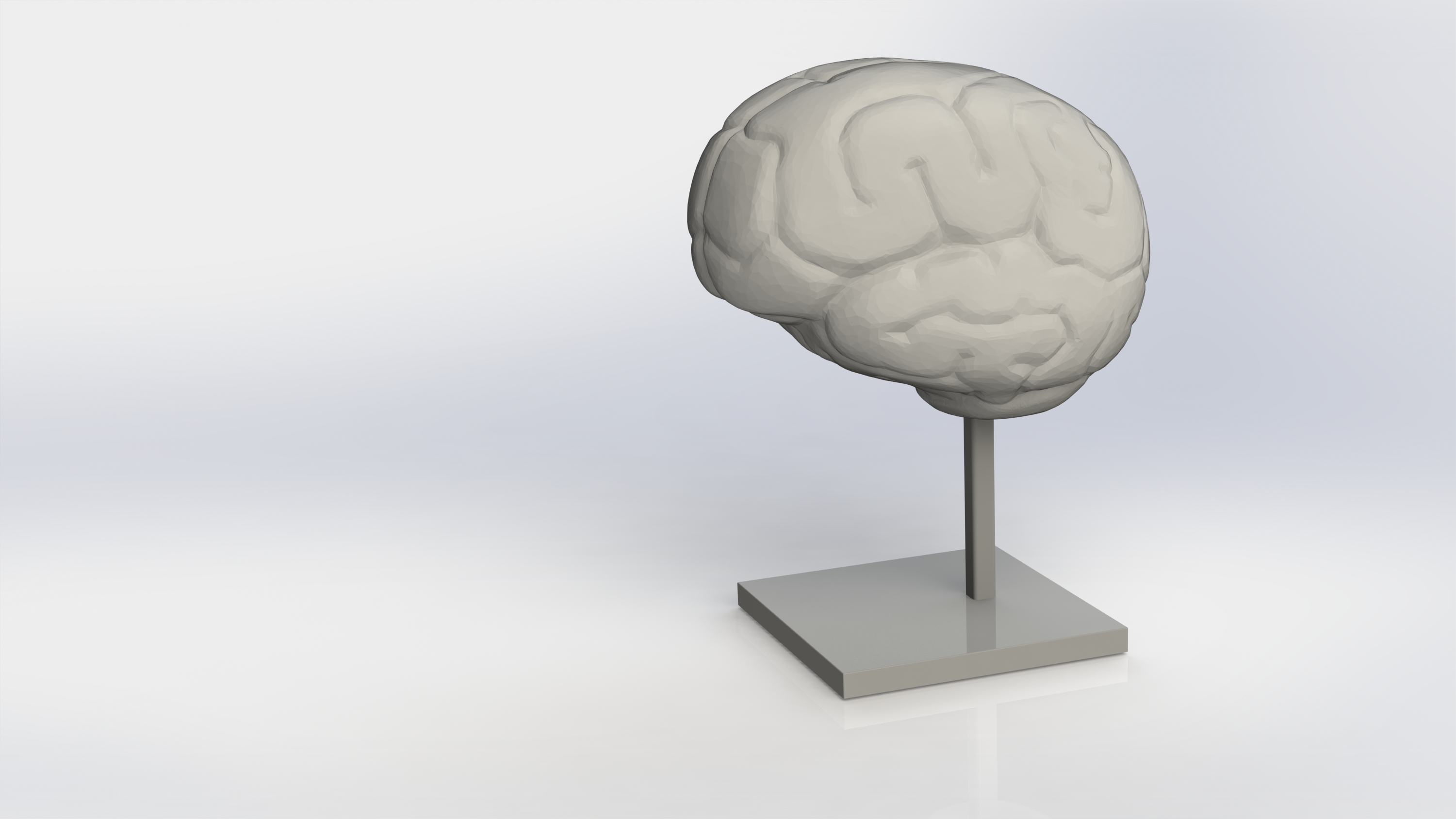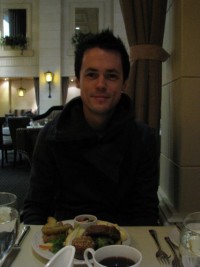
13 Jan Off the drawing board and into 3D
The Brain Project began as an idea.
The goal was to bring a large-scale art initiative to Toronto that would raise awareness about brain health and the care, education and research taking place at Baycrest. After some deliberation, it was decided that the brain itself, in some form or another, could serve as the artists’ canvas.
The question was: How does one go about doing that? What would it even look like?
Before long, this conundrum found its way onto the drawing board of Toronto artist Mathew den Boer, who was asked to interpret the vision of Baycrest (while staff here love art, no one will ever confuse us for the Group of Seven). Mathew’s initial reaction was “it sounds great!”, and he liked the idea of applying his skills to a rewarding cause that he believes in. But he understood almost immediately the problem he was facing:
When I was first contacted by the people at Baycrest about The Brain Project, I knew it was going to be a fun and interesting challenge. To create plans for a physical object that aimed to evoke the brain without resembling the brain too closely was an inherent juxtaposition of forms, functions and materials. It was explained to me that this brain-like object also needed to function as an artist’s canvas, and do so in a way that was versatile enough to accommodate many individual styles, approaches and media.

Mathew den Boer
For Mathew, it was necessary to find creative ways to discuss the finer points of brain anatomy from a design perspective rather than a scientific one. The experience was in many ways like trying to bring a solid shape to something that is both literally and figuratively slippery.
The brain has a multitude of intricate furrows and folds, but he had to ensure that the surface would be receptive to paint as well as myriad other artistic mediums. About 20 different ideas were considered, with a number of tweaks and iterations related to the overall shape, and how best to represent the folds of the brain.
His designs were rendered in 3D from the side, the top and a three-quarter view each time.
“On its way to becoming a physical brain, it was prototyped using a 3D printer. It was pretty cool,” Mathew says.
With his wealth of experience, he rose to this challenge. Mathew was trained as a classical animator and now works mainly in digital media. Remember Fido Dido, the iconic 1980s soda pop mascot? Mathew designed a version that ushered him into the new millennium. His many credits include the creation of the title sequence for the “Justin Time” animated series on Disney Junior and an educational video on RBC’s website. With his part of The Brain Project completed, he’s looking forward to seeing how other artists’ interpretations and designs will be applied to the model, and all the finished sculptures.
To view more of Mathew’s work, visit his website.


